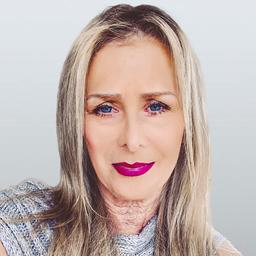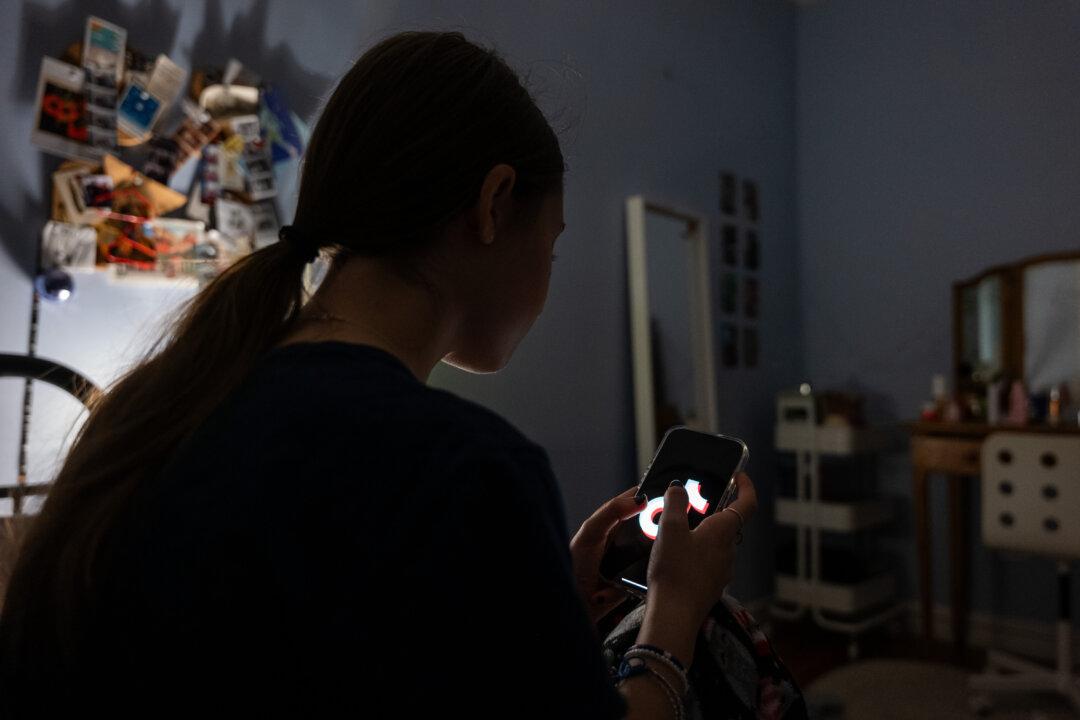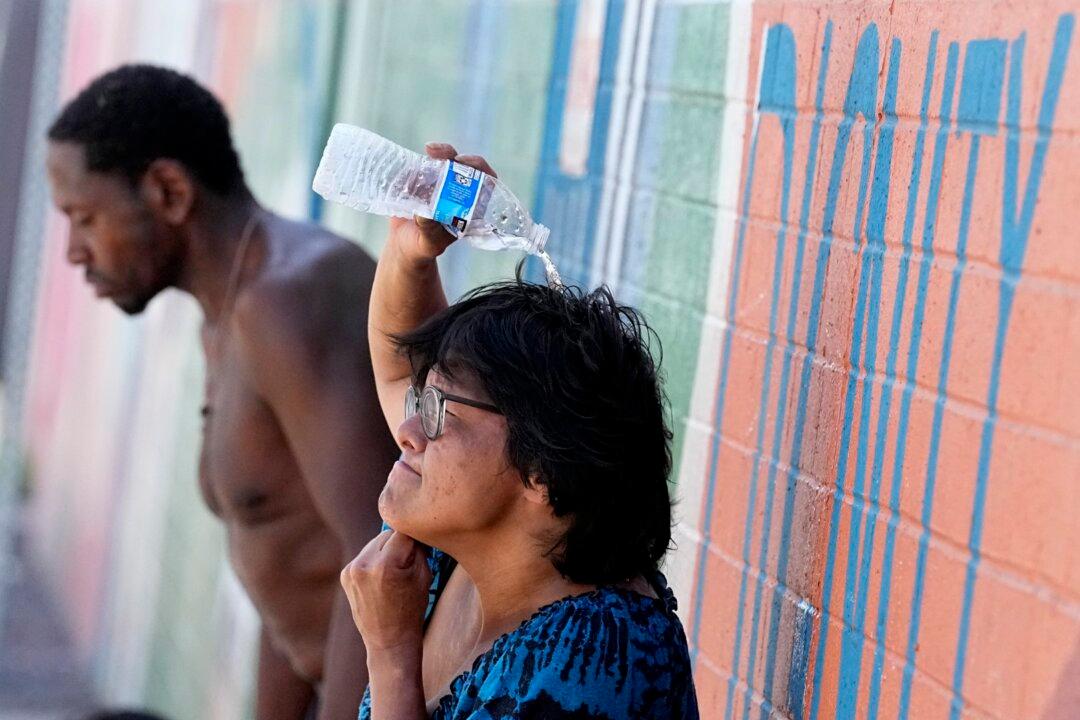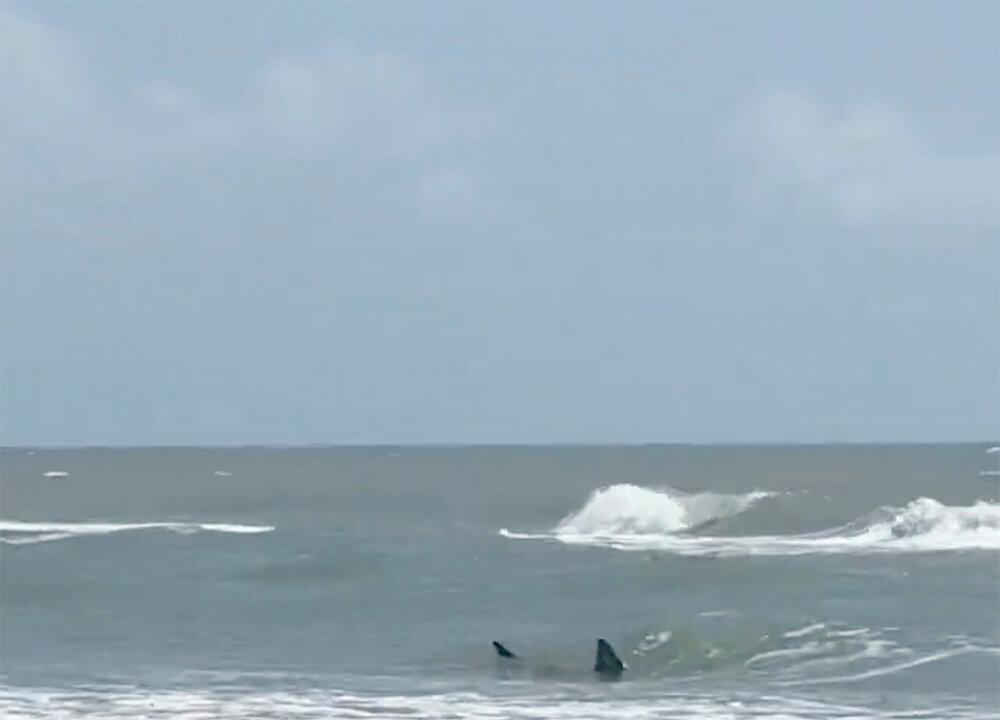A website developed by a Cornell University law professor to track critical race theory (CRT) in America’s colleges and universities is expanding to expose CRT’s presence in the curriculum at elite K-12 and medical schools.
Criticalrace.org is a website created by Cornell Professor William Jacobson, featuring a state-by-state compilation of America’s educational institutions and a report on which ones promote critical race theory (CRT) in their curriculum.





